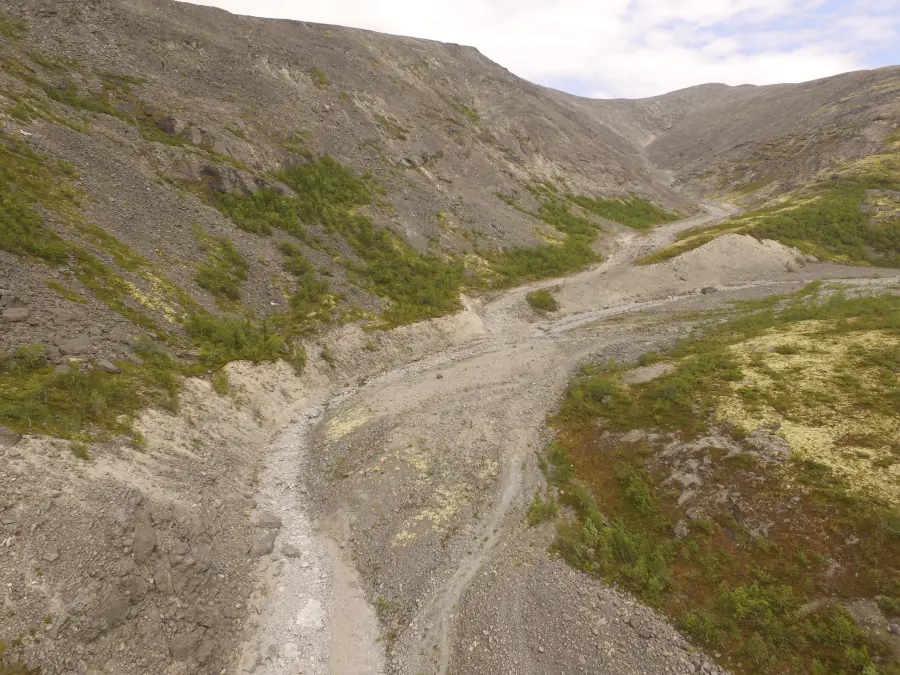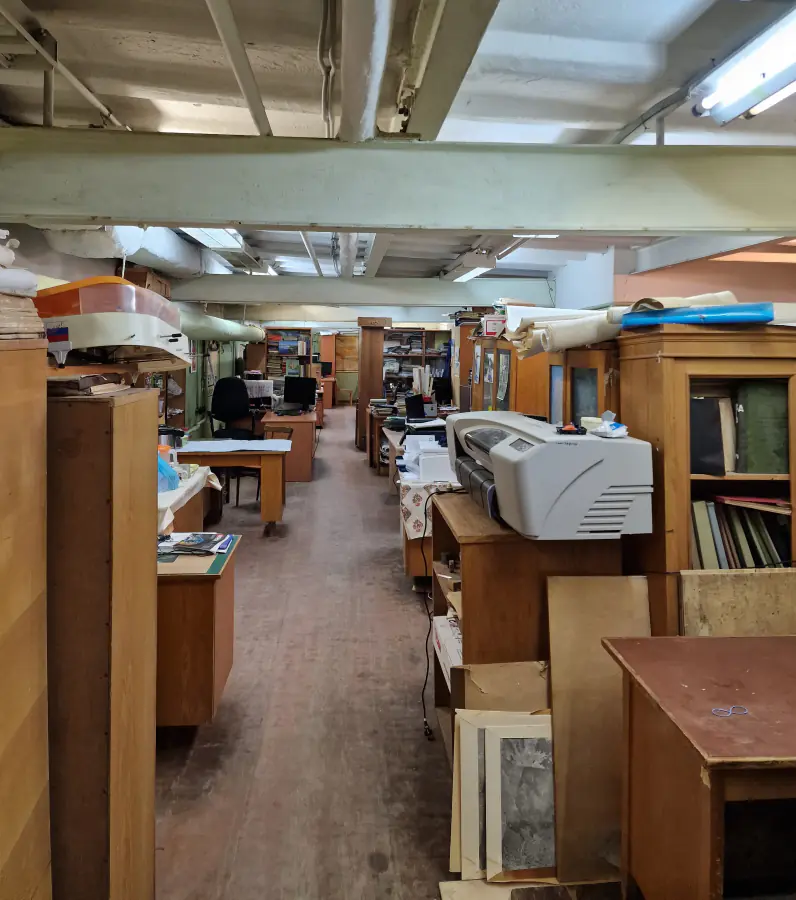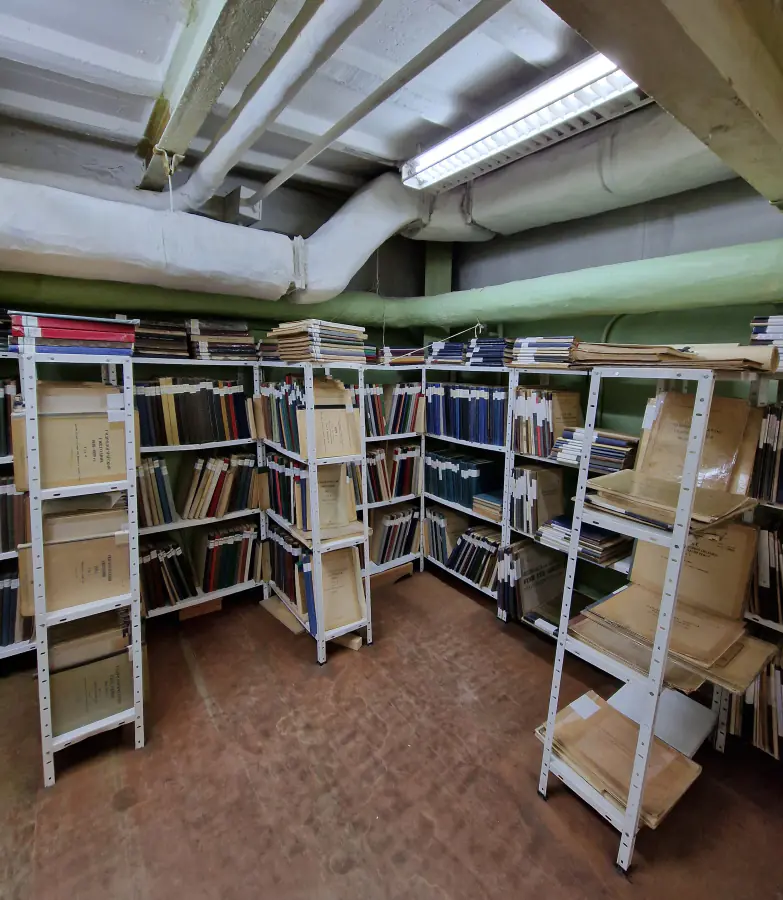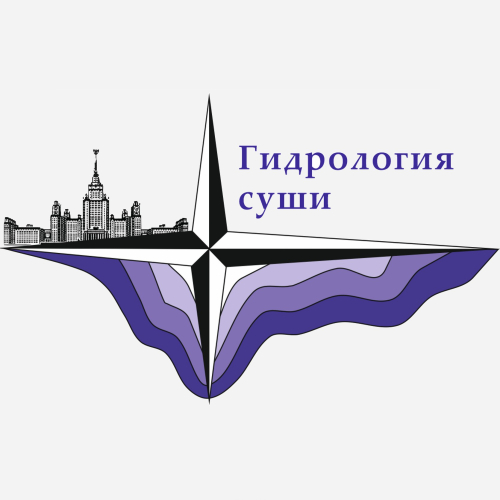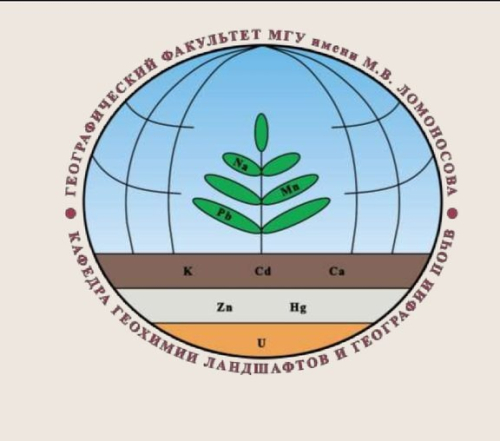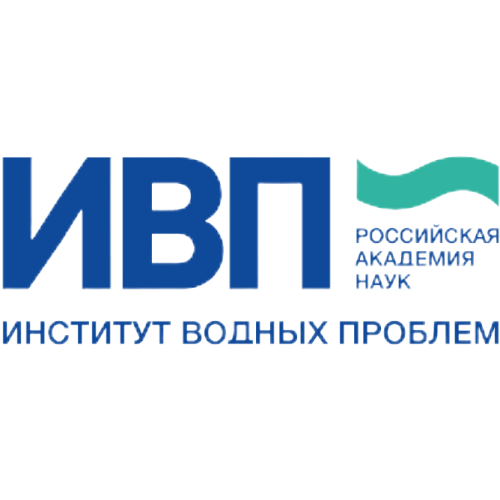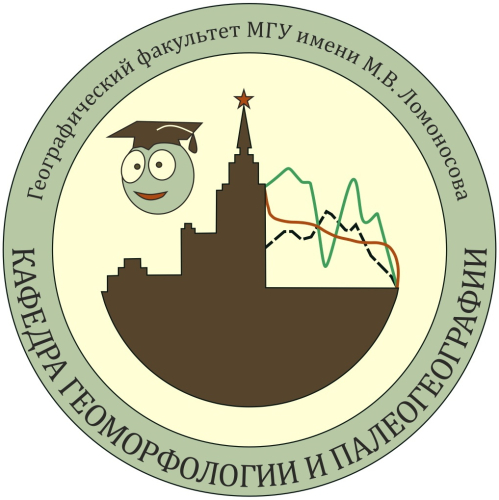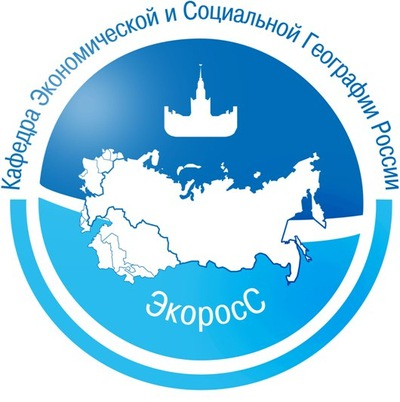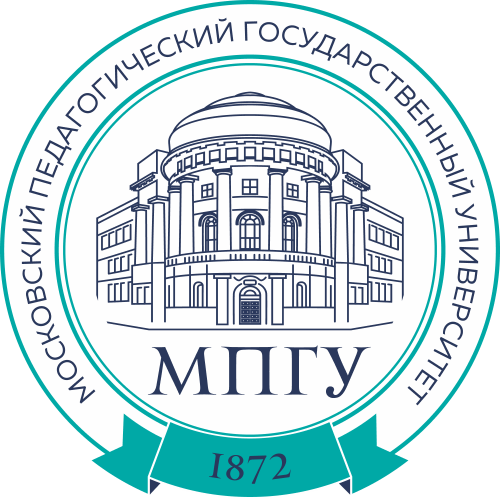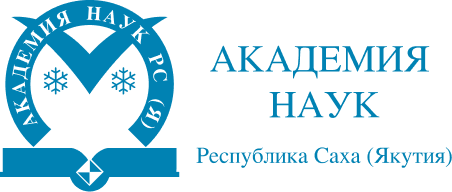The Makkaveev Laboratory of Soil Erosion and Fluvial Processes
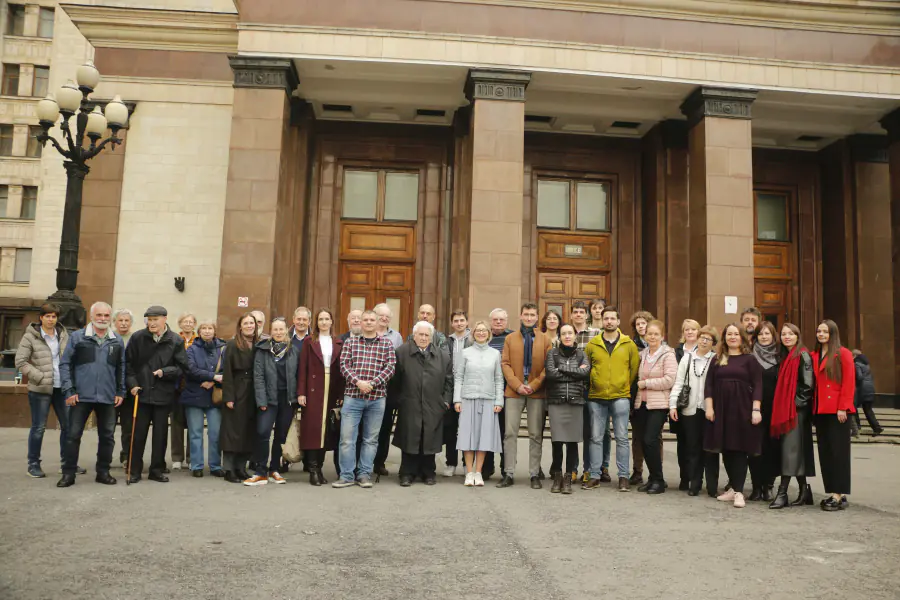
NIL EPiRP is the largest research team in Russia engaged in the study of erosion–channel systems - landforms and the processes that create them due to the work of water flows. As a structural unit of the Geographical Faculty of Moscow University, the Laboratory began functioning on September 1, 1969. In 1998, in connection with the 90th anniversary of the birth of the founder and first head of the laboratory, N.I. Makkaveev (1908 - 1983), by the decision of the Academic Council of Moscow State University, she was named after him, and since then the laboratory has been named as the Scientific Research Laboratory of Soil Erosion and Riverbed Processes named after N.I. Makkaveev. The main activities of the laboratory are:
• theoretical and experimental (field and laboratory) studies of the mechanism of erosion, riverbed and estuarine processes in various natural conditions;
• development of methods for physical, mathematical and computer modeling of soil erosion, gully erosion and riverbed processes;
• assessment of the ecological state of erosion-channel and estuarine systems and justification of measures to combat soil erosion, gully erosion and methods of regulating riverbeds and marine estuaries.
Today, the laboratory is a team of 50 people. Of these, 6 people are doctors of geographical sciences, 27 are candidates of geographical and biological sciences. Over 35% of the team consists of young scientists under the age of 39.Telegram channel of the Laboratory: https://t.me/MakkaveevLab
- Remote turbidity monitoring methods
- Acoustic methods for studying water turbidity
- Monitoring of riverbed processes: field studies and stationary observations
- Semi-automated methods for determining horizontal channel deformations
- Sediment balance method
- Mathematical and physical modeling
- A multi-model approach
- Experimental research methods
- Soil-morphological method
- Radiocesium, tracer method, chronomarker method (cesium-137 of global and Chernobyl origin)
- Geomorphological mapping
- The method of "fingerprinting" (fingerprinting technique)

Research directions
Modeling
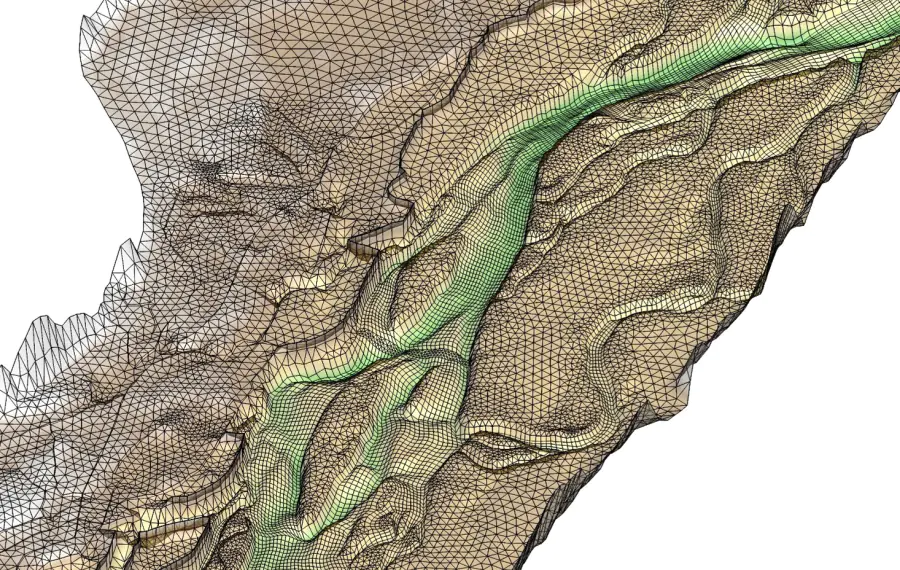
Study of river sediments
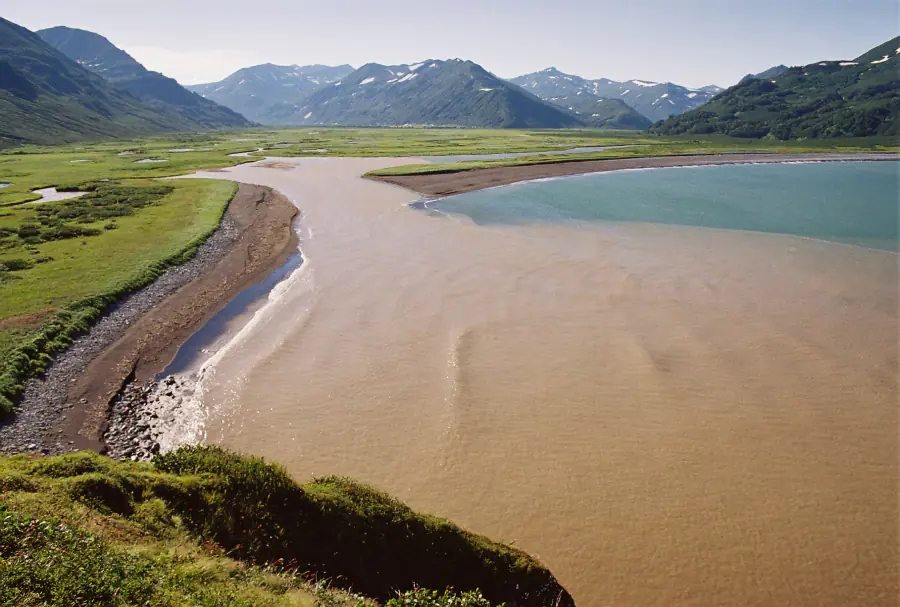
Investigation of riverbed processes
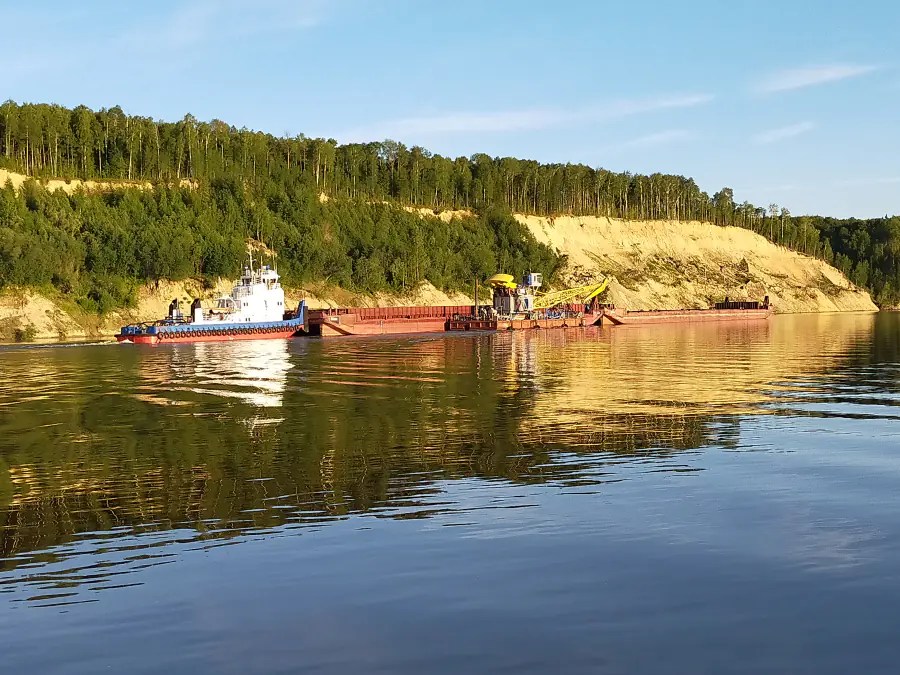
Study of basin erosion and small rivers
